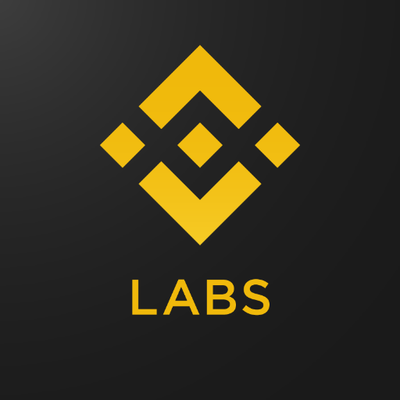Binance invests in how the new Ethereum L2 network Corn brings BTC into DeFi?
Author: 1912212.eth, Foresight News
If BTC is only passively held without generating returns, it seems too wasteful for the Crypto industry, which constantly emphasizes capital efficiency. Previously, Ethereum Layer 2 Blast captured a large influx of funds through ETH staking rewards, quickly rising to the forefront of TVL, enjoying a moment of glory. Layer 2 networks do not necessarily have to compete with well-known projects in terms of hard technical strength or innovation. How will the new player Corn bring BTC into DeFi?
Recently, Corn completed a $6.7 million financing round, led by Polychain Capital, with participation from Binance Labs, Framework Ventures, ABCDE, OKX Ventures, HTX Ventures, and Relayer Capital.
What is Corn?
Corn is an Ethereum L2 network dedicated to establishing a DeFi hub for Bitcoin. Among the many projects that tokenize BTC, wBTC and tBTC have emerged, with wBTC facing criticism for centralization and tBTC standing out with a total supply exceeding 10,000 coins.
Currently, the industry is exploring the capital efficiency of BTC mainly through two approaches. One is to create a Layer 2 network for BTC, and the other is to subsequently bring BTC into the ERC-20 trajectory on Ethereum through wrapped tokens, ultimately participating in the DeFi ecosystem to generate returns.
Corn has chosen the latter approach. To facilitate BTC's entry into the DeFi world, Corn has launched the tokenized Bitcoin BTCN. BTCN is a tokenized Bitcoin that is 1:1 backed by native Bitcoin, and it does not rely on a single centralized custodian or bridging solution. Instead, it extends its minting rights to include multiple custodians, smart contracts, and various bridging protocols.

The DeFi-ified Bitcoin should not be generalized in the debate between centralization and decentralization; rather, it should prioritize solvency and scale. Therefore, its BTCN adopts a hybrid approach. Additionally, Corn uses BTCN as the network's gas fees and economic incentives.
What is the utility of the CORN token?
Corn states that it is inspired by Curve's veTokenomics (staking locked tokens to earn fees and vote on token distribution shares for selected pools) and aims to incentivize users and developers by issuing CORN, which can then be directed to various applications on the chain.
CORN stakers will have voting rights once they convert to popCORN, allowing them to participate in governance votes within the community. For example, CORN stakers can decide what percentage of CORN's issuance is allocated to which applications, and users interacting with the applications favored by stakers will receive these rewards.
Moreover, CORN stakers can also benefit from the native incentive market of Corn, where they can directly receive offers provided by applications.

Corn does not offer fixed returns. The percentage of returns will mainly depend on the growth of the ecosystem and the number of protocol participants achieved through Corn's flywheel mechanism.
Currently, Corn's official website indicates that early staking access will be opened to eligible users, after which users will be able to deposit various assets to earn points, which will entitle them to a share of the CORN airdrop.













